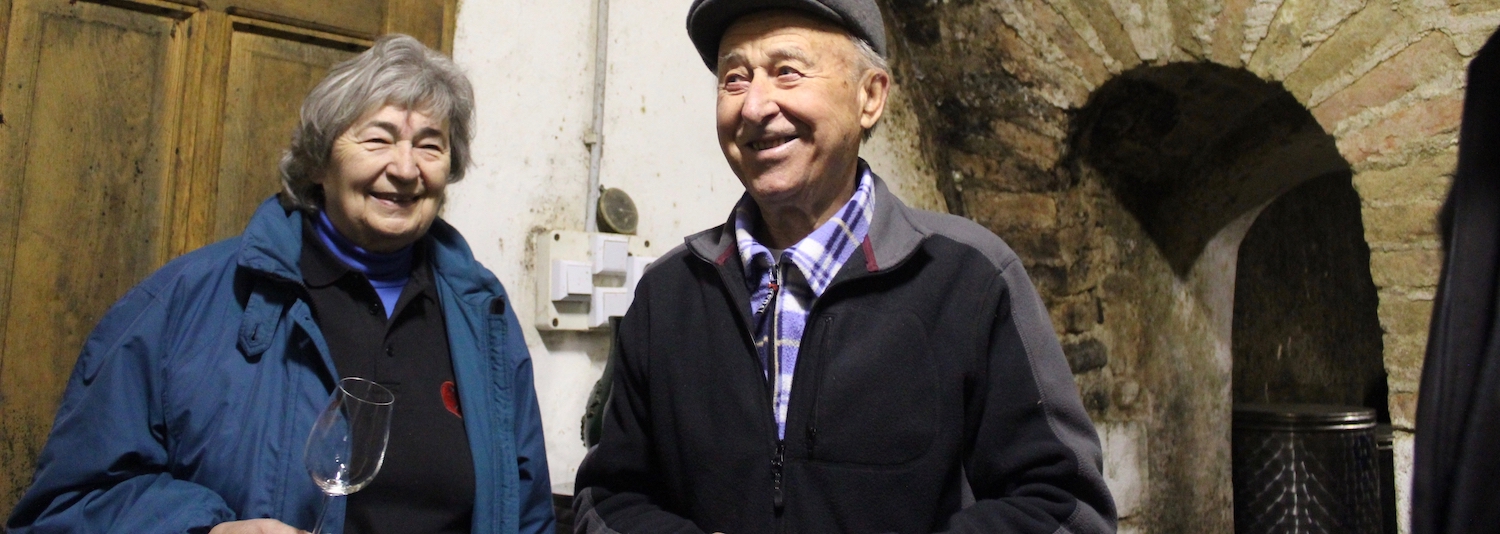

Fekete, Somló, Hungary
“The Grand Old Man” of Somló, Fekete Béla, is Somló embodied. To know his wines is to know Somló.
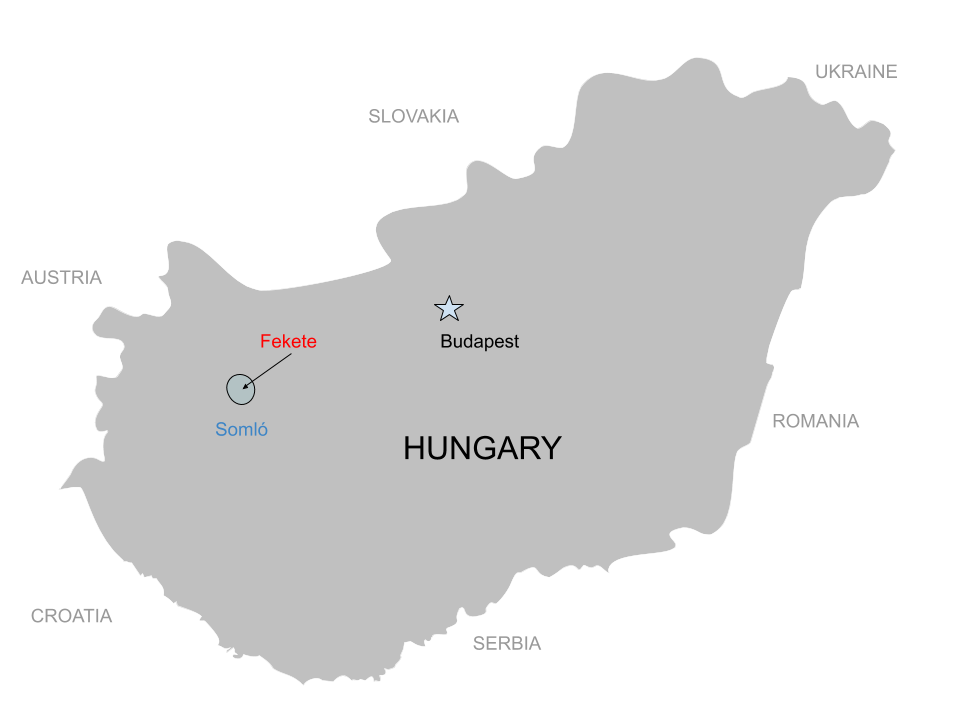
At a Glance
http://feketepincesomlo.hu/en/
Somló
Cool Continental
Basalt and ancient seabed
220-260 meters
Slopes of an ancient dormant volcano
Hárslevelű, Juhfark, Furmint, Olaszrizling
4 hectares
Dry Farmed
Natural
Somló
Cool Continental
Basalt and ancient seabed
220-260 meters
Slopes of an ancient dormant volcano
Hárslevelű, Juhfark, Furmint, Olaszrizling
4 hectares
Dry Farmed
Natural
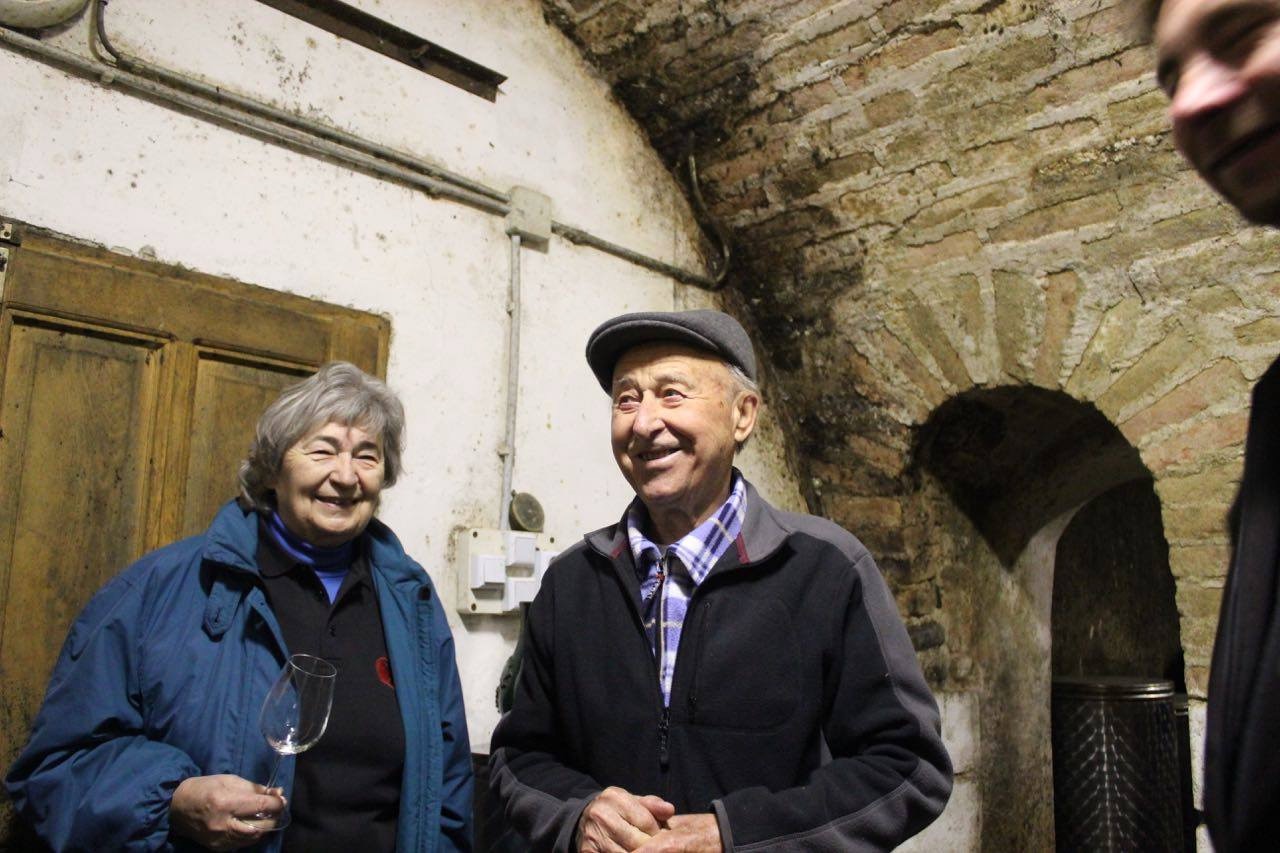
Fekete Béla and his wife Bori
The Appellation
Somló (Shoam-low) is Hungary’s smallest appellation and once an underwater volcano. Now dormant, its slopes of ancient sea sediment, hardened lava, and basalt are home to some of Hungary’s steepest, most densely planted vineyards.
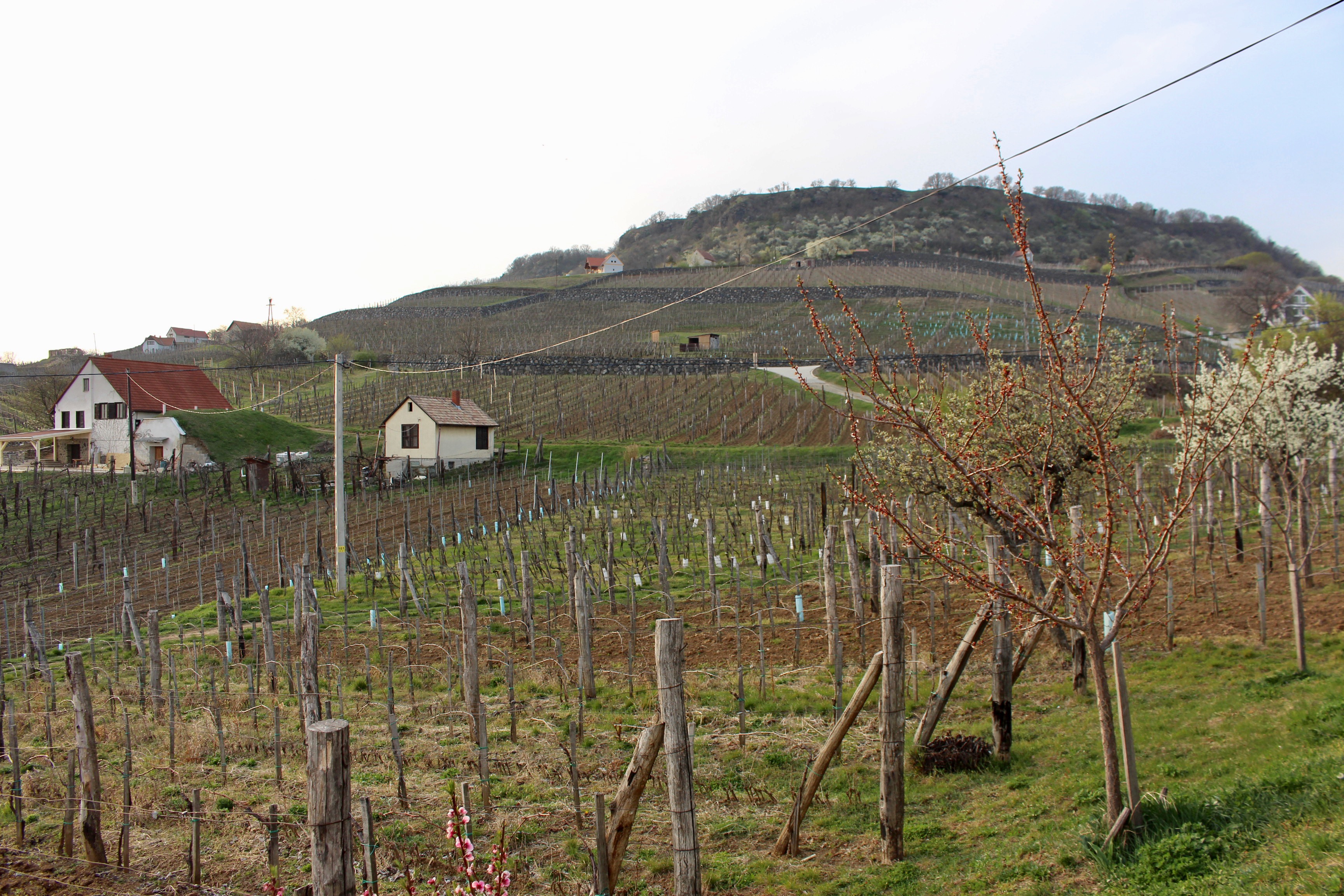
Fekete Pince on the left, Somló looming behind
Driving up to Somló from Lake Balaton, it’s like seeing an island rise up from the ocean’s horizon — nothing else around survived the retreating ocean. The oldest writings mentioning the wine of Somló date back to 1093 and viticulture all the way back to the Romans. Hungarian Kings bought vineyards here, Maria Theresa and Queen Victoria both praised the wines, and insurgent Hungarian troops fighting against the Hapsburgs would solute the vineyards as they marched past at the end of the 17th century. In 1752, local laws stated that if you were found adding water to wine, expect 25 lashings as the minimum punishment. If you were found to be labeling wine as Somló but using other fruit sources, you would be banned from making wine permanently and might even have your property confiscated. Perhaps most well known is that belief that drinking the wines of Somló before copulation would guarantee a boy. “Nászéjszakák bora” or “wedding wine” was soon the favored wine of the Hapsburgs to keep the Monarchy in full swing.
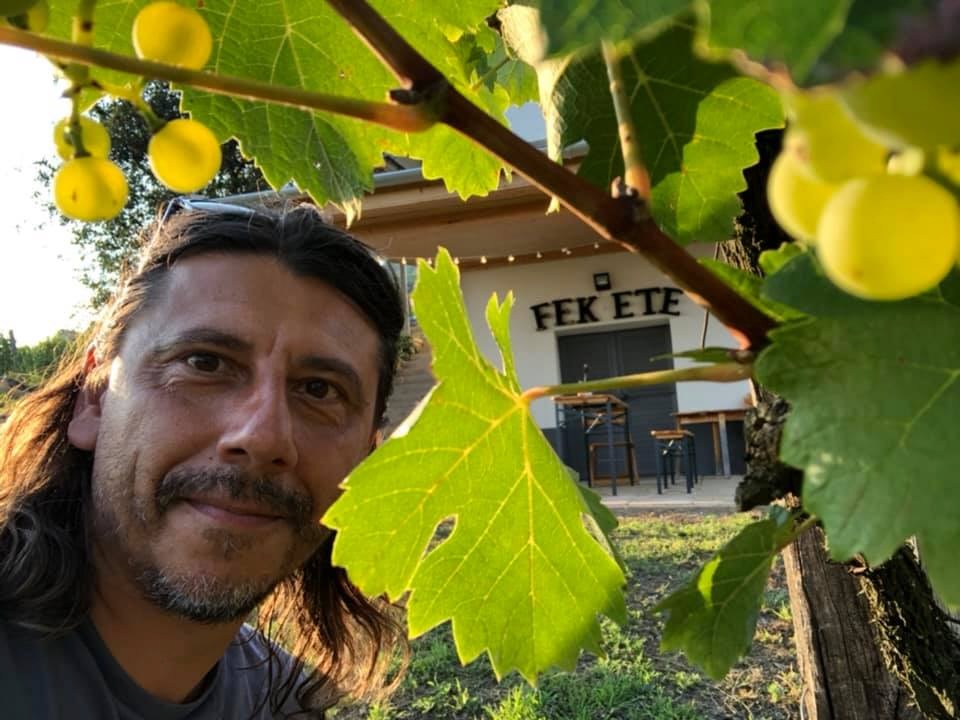
New winery owner Gábor Riesz in front of the cellar
The People
Béla, having recently turned 97, is currently known as “Grand Old Man of Somló’ and to some as “Bélabácsi” (Uncle Béla). He made quality wines from the early 1980s all the way through 2013. We only had the opportunity to meet, taste and eat with him a few times because he sold the winery in 2014.
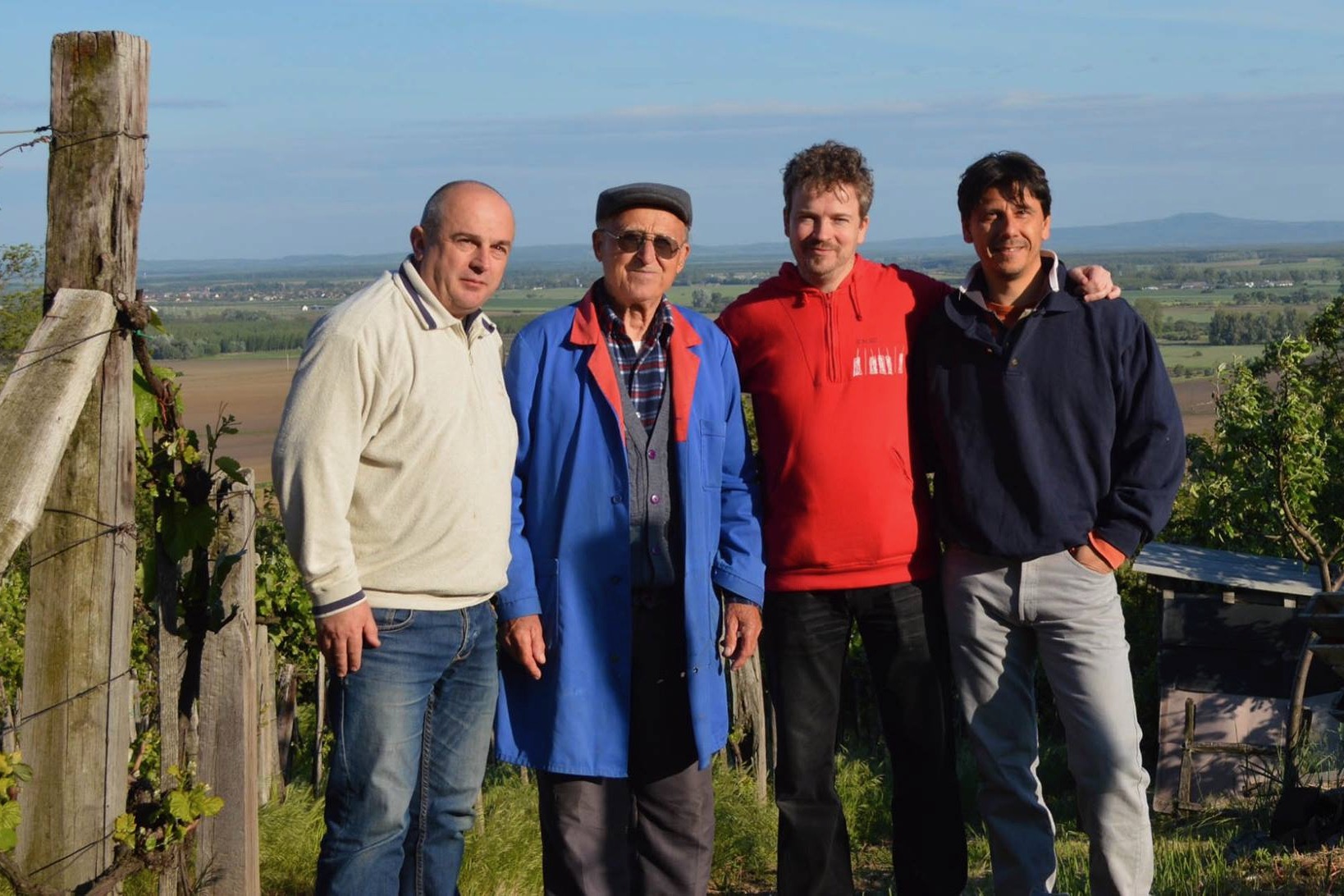
Gyuri, Béla, Ákos, and Gábor when they purchased the winery in 2014
With no immediate family to take things over, it fell to György “Gyuri” Emmert to convince long time friends Ákos Dölle and Gábor Riesz to buy the winery under the conviction to continue the legacy. After the sudden death of Gyuri in 2017 things changed for all parties, and as of March this year, Gábor, in full agreement with the others, is now the sole owner. Gábor, along with help from his wife Zsofia are still in contact with Béla and from what we can taste, staying true to his life's work. Changes they are making are using better cork, actively in conversion to organic certification, and of course working on new experimentations.
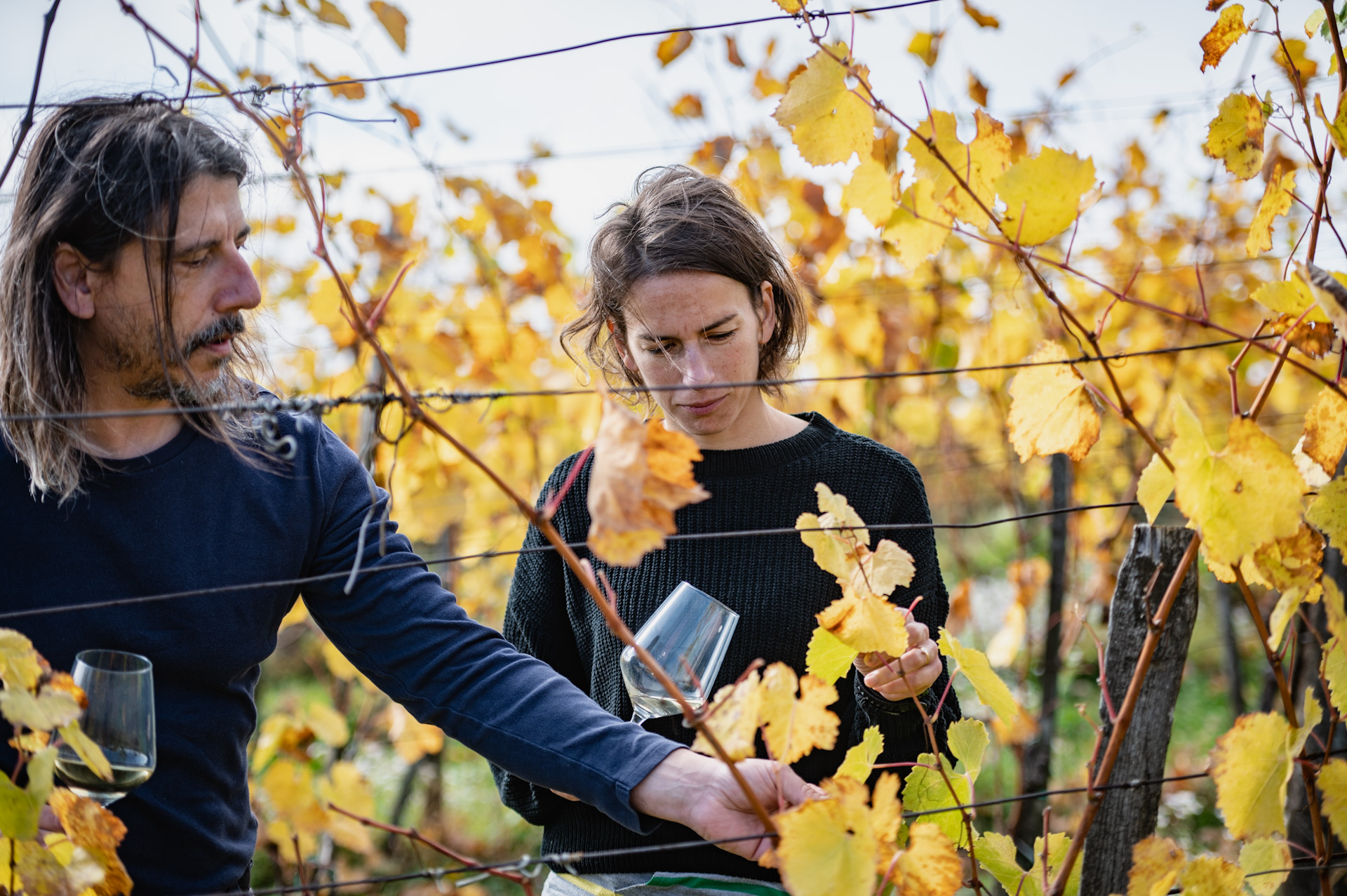
Gábor and Zsofi in the vineyard
Vineyards
Béla was engaged in a private dialog with his land that’s only possible after decades of working it. The vineyards are not as postcard perfect nor are they planted to the newest clones but having listened to the old farmers and the council of others when we started, Béla's vines have achieved balance.
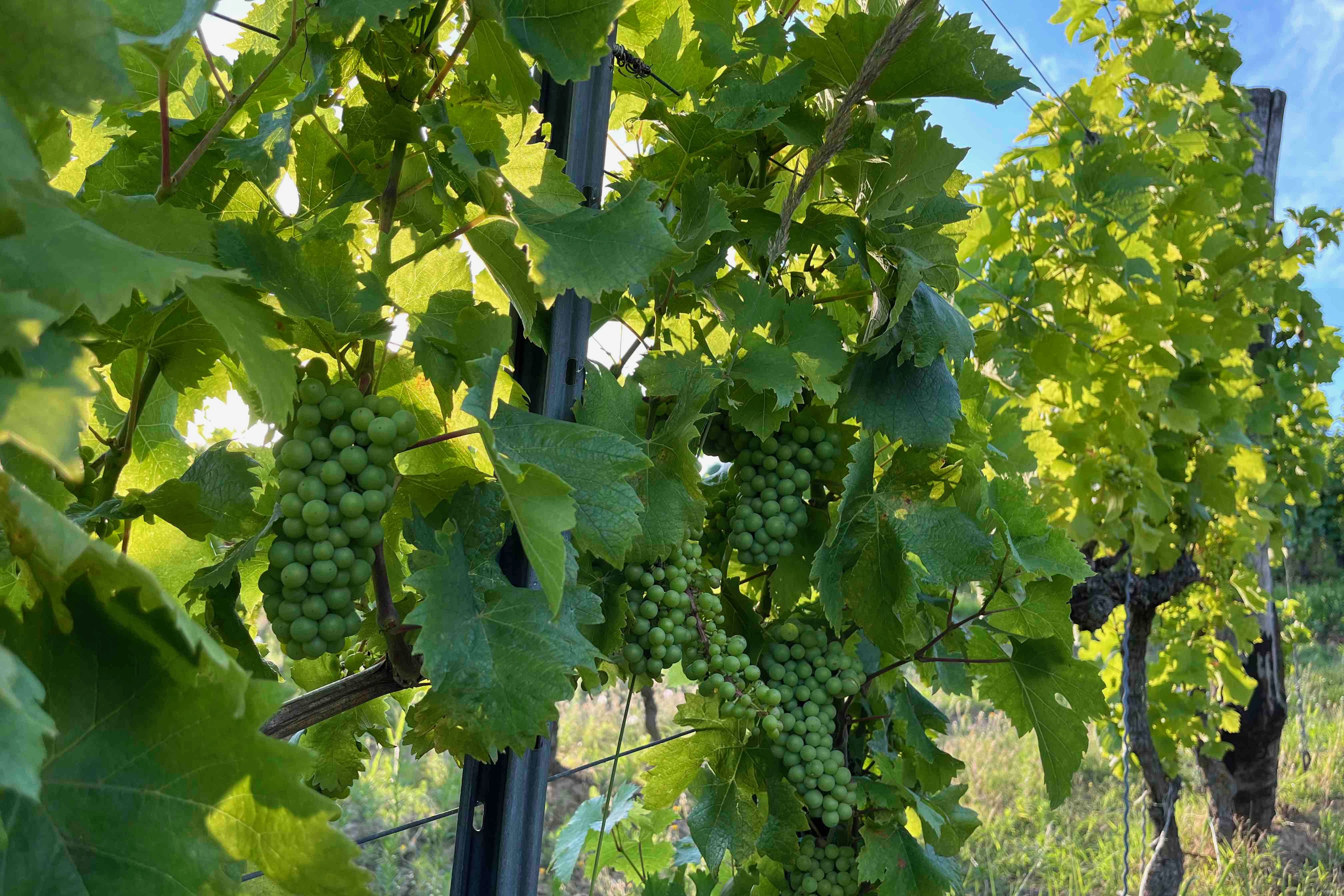
Healthy grapes in the vineyard
With 4 hectares dry farmed on the southern slopes, the basalt soil retains heat and a mixture of alluvial and loam soils give just enough nutrients. The vineyards have a secret garden appeal that’s far from a monoculture. Organic certification is underway and more an issue of paperwork than changes to the farming. Equally important, and also according to Béla, the vineyard access to the mineral spring water of Somló is the magic, not simply rocks touching vines. In tandem with botrytis and 3 years minimum of élevage, there’s a perfect storm for making something truly unique and delicious.

In the cellar
Winemaking
The wines of Somló tend to be high in alcohol, very acidic, and chock-full of smoky volcanic minerality. All wines are meant to be aged and can be fairly aggressive when young. Much like Tokaj, this is an all white appellation so winemaking is geared for structure and strength. All of the wines are picked on the later side, have a couple of hours of maceration, spontaneously fermented in 1000L oak, aged another 10-12 months in said oak, and then 2 years minimum in stainless steel/plastic tank. The grapes do of course bring something to the table, but with time, Somló eventually takes over. That said Furmint has a little more acidity up front, Hárslevelű more aromatics, and Juhfark channels the volcanic funk.
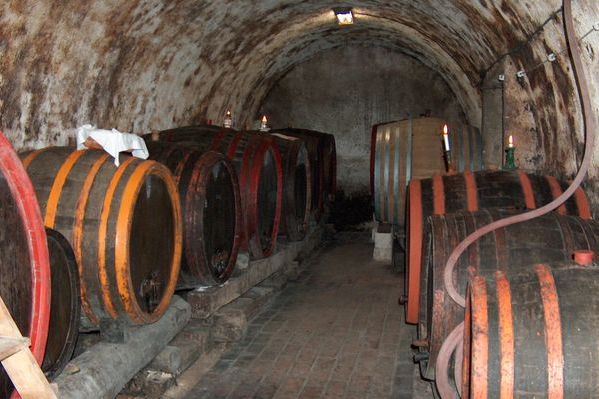
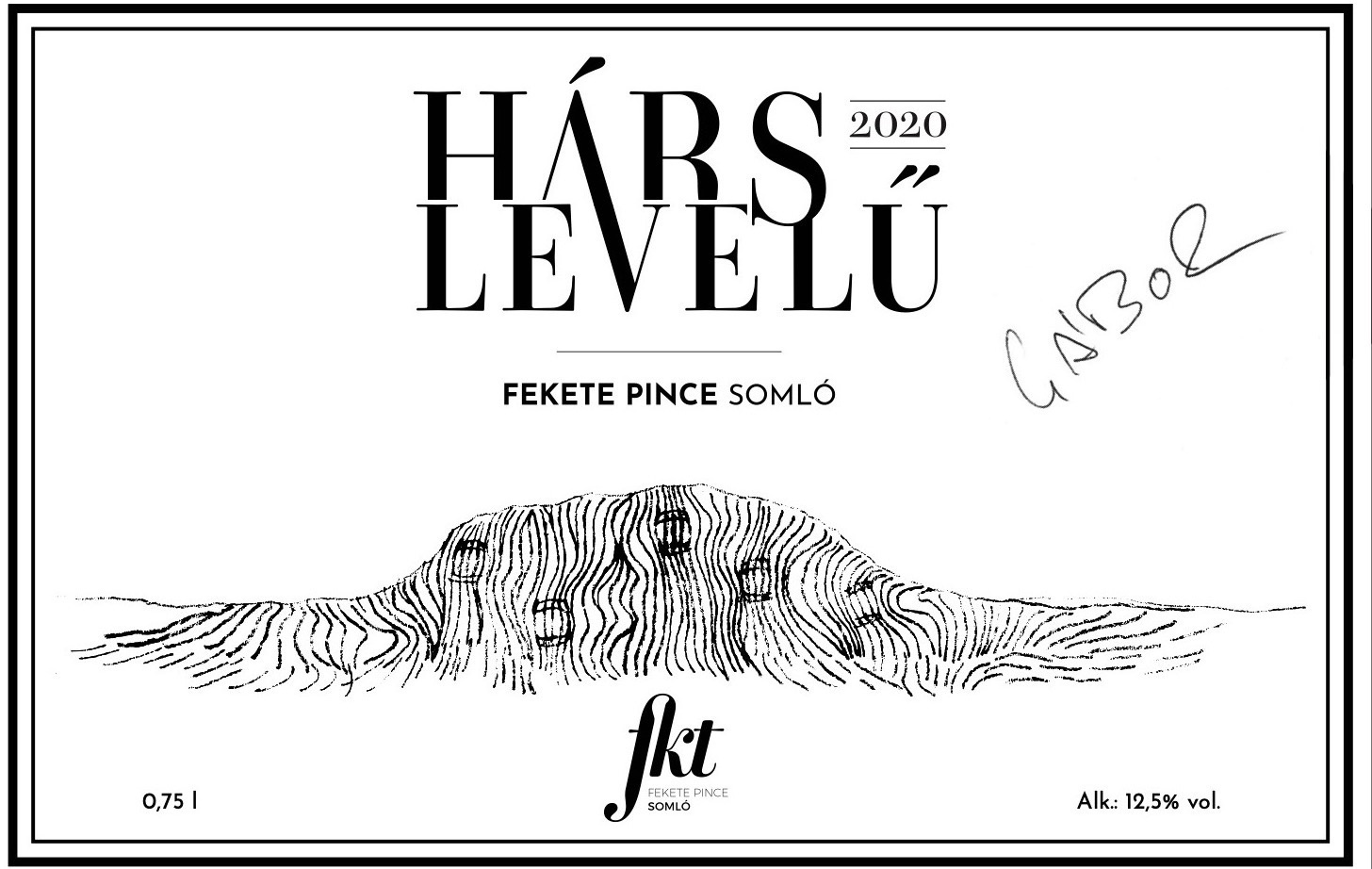
White Wine
Hárslevelű;
13.6%
2.6 g/l
7 g/l
Hárslevelű;
13.6%
2.6 g/l
7 g/l
This is a new addition to the traditional lineup. Since Bélá sold the winery in 2014, one of the new owners, Gábor, has taken the lead in experimentation and is allowing some new and exciting things to take shape. The long aged style that Béla began making in the early 1980s is still alive and well, so this new project will take on a new label to clearly distinguish it. The maceration is about the same as the traditional lineup at 4 days as is the following 10 months in oak casks. This is by far the freshest example of Fekete Béla you can find apart from barrel tasting in the cellar. Only 600 bottles were produced. This isn’t for the faint of heart concerning acidity, but the concentration and brightness make up for the needed difference.
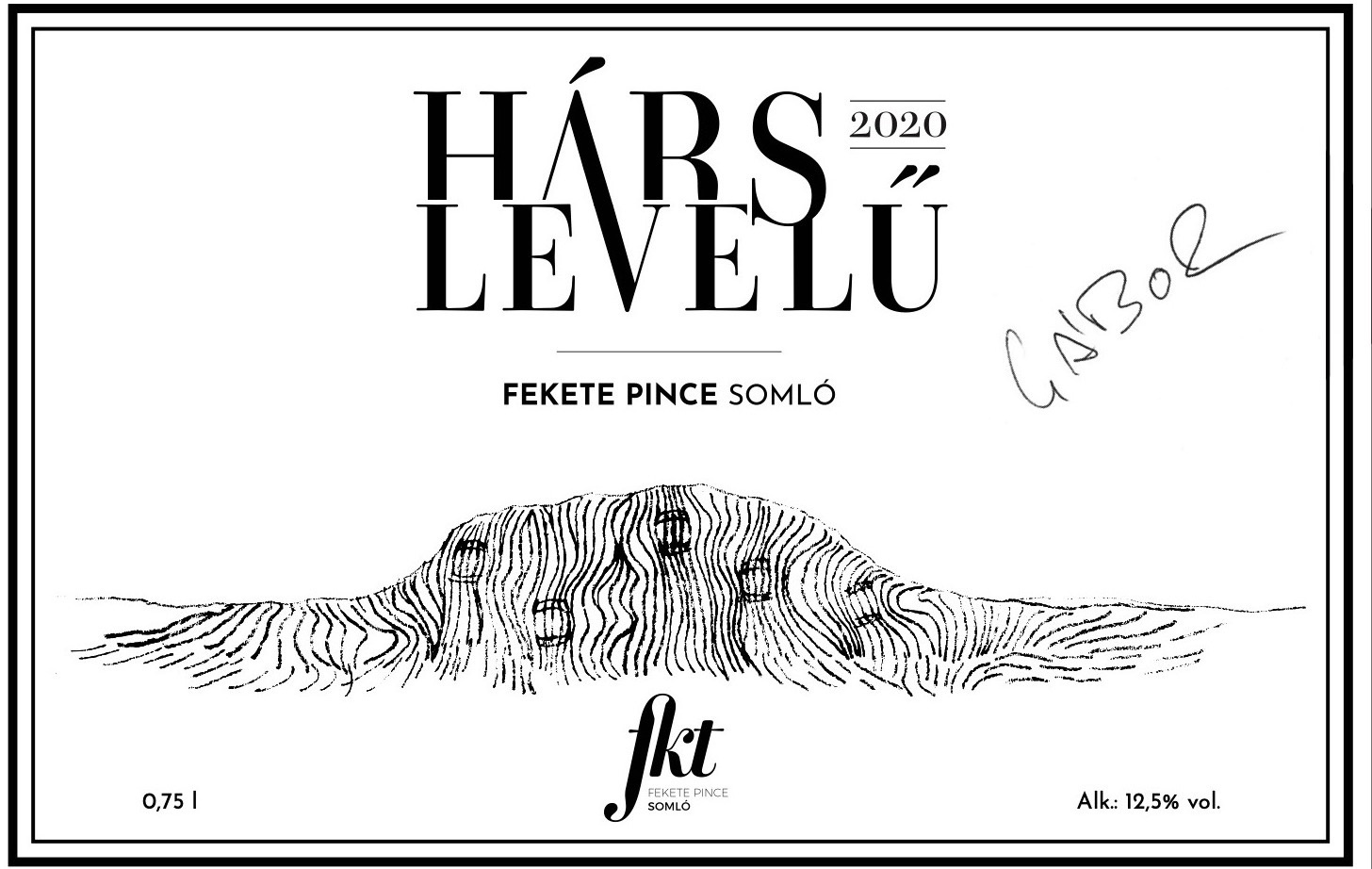
White Wine
Hárslevelű;
13.5%
1.3 g/l
7 g/l
Hárslevelű;
13.5%
1.3 g/l
7 g/l
This is a new addition to the traditional lineup. Since Bélá sold the winery in 2014, one of the new owners, Gábor, has taken the lead in experimentation and is allowing some new and exciting things to take shape. The long aged style that Béla began making in the early 1980s is still alive and well, so this new project will take on a new label to clearly distinguish it. The maceration is about the same as the traditional lineup at 4 days as is the following 10 months in oak casks. However, instead of an additional minimum of 2 years in tank before bottling, this 2020 Hárslevelű only spends 2 months in old neutral French 225L oak followed by 5 months in tank. This is by far the freshest example of Fekete Béla you can find apart from barrel tasting in the cellar. Only 600 bottles were produced. This isn’t for the faint of heart concerning acidity, but the concentration and brightness make up for the needed difference.
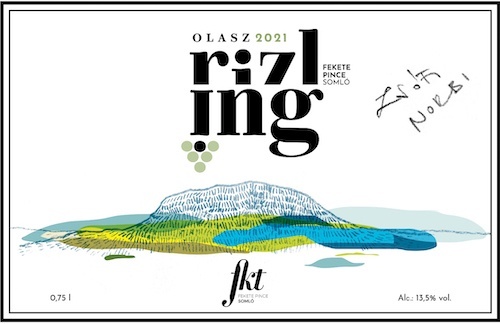
White Wine
Olaszrizling;
13.3%
1.9 g/l
6.5 g/l
Olaszrizling;
13.3%
1.9 g/l
6.5 g/l
This is the second wine coming from the ‘Fkt’ line at Fekete Béla. The traditional Béla wines are still being made according to Fekete’s style: botrytis, light maceration, and extremely long elevage on the less. No changes to those wines and they keep the traditional label as well. However, when Gábor took over completely a few years ago, there were a number of audibles to call. With new plantings and changing up barrels and so on, he found himself with extra Olaszrizling. Harvested pretty late in mid November, it was direct pressed and spent 6 months in used 1000l and 500l oak barrels followed by 3 months in tank. Extremely dry for a Somló Olaszrizling, it’s got that later picked depth but with the shorter elevage, really showcases the salt, fruit and levity.
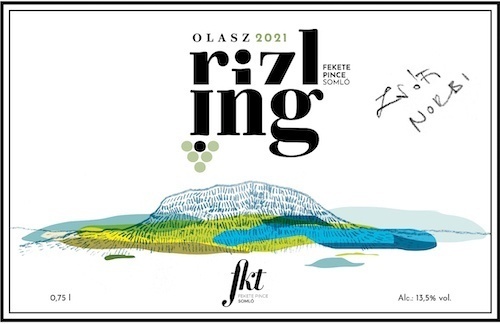
White Wine
Olaszrizling;
13.6%
1.6 g/l
4.5 g/l
Olaszrizling;
13.6%
1.6 g/l
4.5 g/l
This is the second wine coming from the ‘Fkt’ line at Fekete Béla. The traditional Béla wines are still being made according to Fekete’s style: botrytis, light maceration, and extremely long elevage on the less. No changes to those wines and they keep the traditional label as well. However, when Gábor took over completely a few years ago, there were a number of audibles to call. With new plantings and changing up barrels and so on, he found himself with extra Olaszrizling. Harvested pretty late in mid November, it was direct pressed and spent 6 months in used 1000l and 500l oak barrels followed by 3 months in tank. Extremely dry for a Somló Olaszrizling, it’s got that later picked depth but with the shorter elevage, really showcases the salt, fruit and levity.
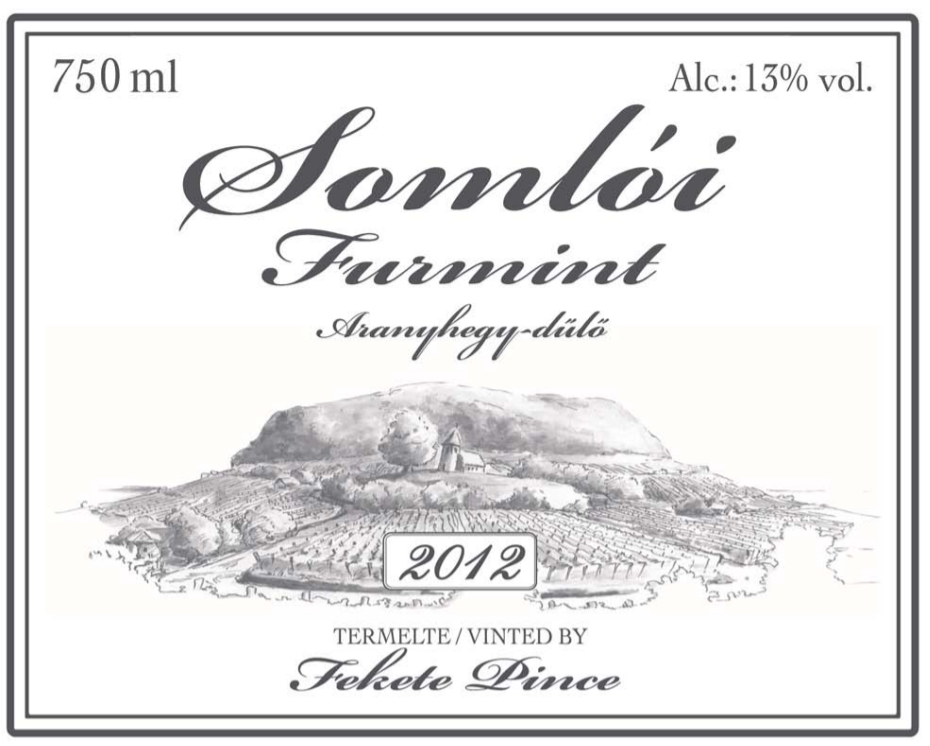
White Wine
Furmint;
12.8%
Furmint;
12.8%
While most may be more familiar with Furmint from Tokaj, this is a completely different animal. This is especially the case with a warm vintage like 2018 where higher levels of residual sugar were not needed to balance out over the top acidity. The acidity is still nearly 8 g/l, so it’s hardly subtle, but there’s ripeness behind it. While only macerated for 4 hours, the élevage is also what matters here. Gently pressed and fermented in 1000L Hungarian Oak barrels, it then spends 10 months on the lees. It’s then moved to 500 and 1500 liter tanks for reductive aging for a minimum of two years before bottling. No racking and no stirring. A “fresh” wine all things considered, the naturally high acidity and aromatic neutrality of Furmint allows Somló to shine clearly.
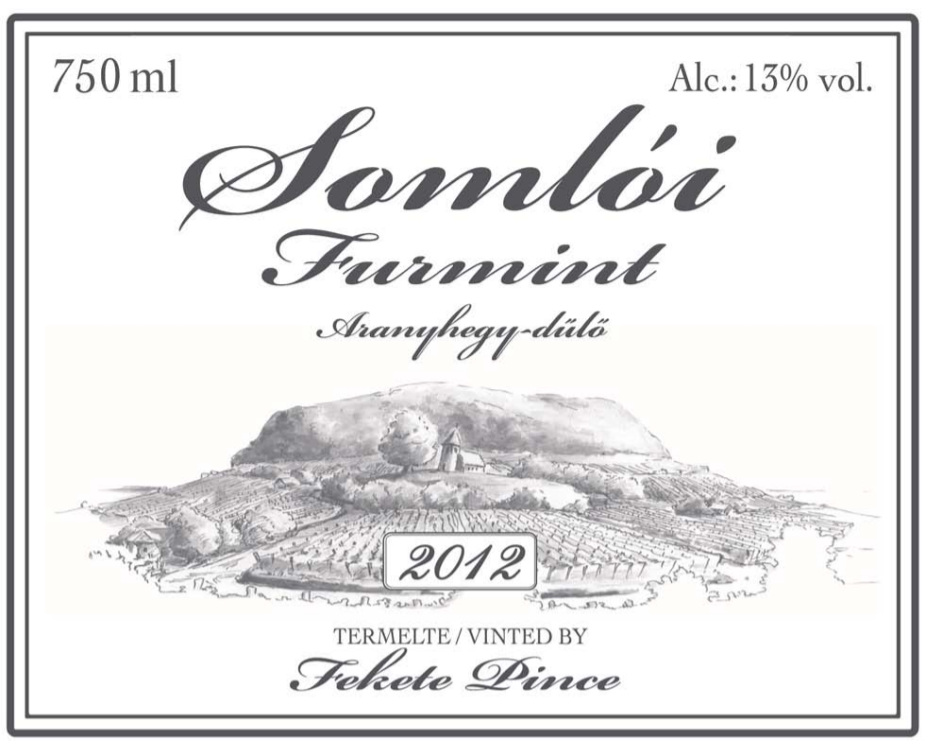
White Wine
Furmint;
14.3%
2.8 g/l
7.97 g/l
Furmint;
14.3%
2.8 g/l
7.97 g/l
While most may be more familiar with Furmint from Tokaj, this is a completely different animal. This is especially the case with a warm vintage like 2018 where higher levels of residual sugar were not needed to balance out over the top acidity. The acidity is still nearly 8 g/l, so it’s hardly subtle, but there’s ripeness behind it. While only macerated for 4 hours, the élevage is also what matters here. Gently pressed and fermented in 1000L Hungarian Oak barrels, it then spends 10 months on the lees. It’s then moved to 500 and 1500 liter tanks for reductive aging for a minimum of two years before bottling. No racking and no stirring. A “fresh” wine all things considered, the naturally high acidity and aromatic neutrality of Furmint allows Somló to shine clearly.
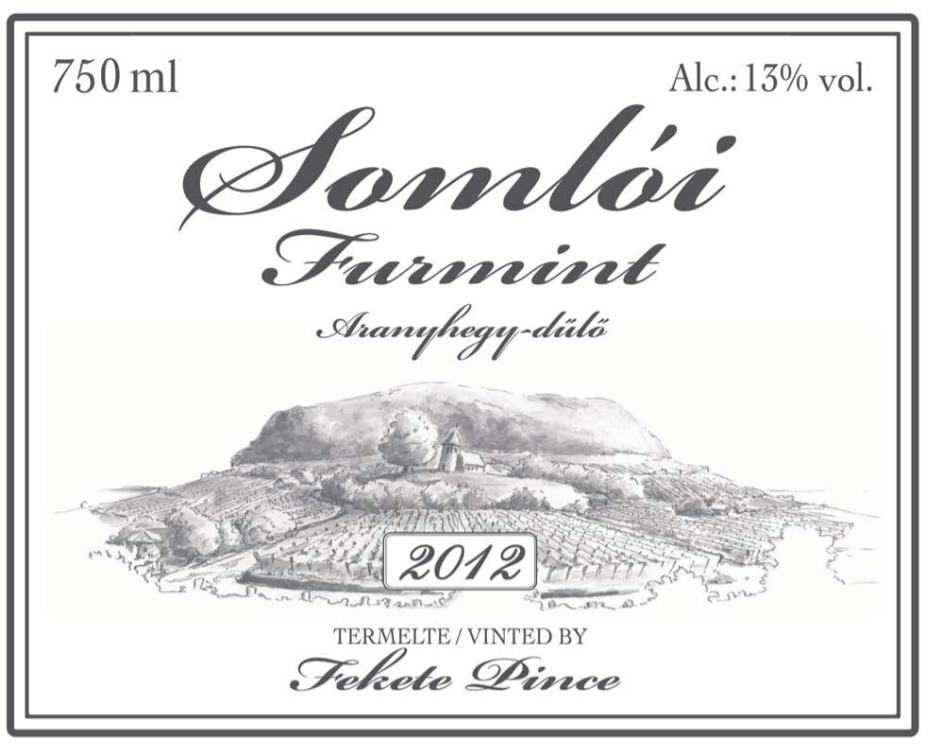
White Wine
Furmint;
14.3%
2.8 g/l
7.97 g/l
Furmint;
14.3%
2.8 g/l
7.97 g/l
While most may be more familiar with Furmint from Tokaj, this is a completely different animal. This is especially the case with a warm vintage like 2018 where higher levels of residual sugar were not needed to balance out over the top acidity. The acidity is still nearly 8 g/l, so it’s hardly subtle, but there’s ripeness behind it. While only macerated for 4 hours, the élevage is also what matters here. Gently pressed and fermented in 1000L Hungarian Oak barrels, it then spends 10 months on the lees. It’s then moved to 500 and 1500 liter tanks for reductive aging for a minimum of two years before bottling. No racking and no stirring. A “fresh” wine all things considered, the naturally high acidity and aromatic neutrality of Furmint allows Somló to shine clearly.

White Wine
Hárslevelű;
12%
4.2 g/l
7.3 g/l
Hárslevelű;
12%
4.2 g/l
7.3 g/l
Maybe it’s Somló or just Central Europe in general, but there’s a consistent sentiment that crisis is fundamentally good. Character building. Plenty of historical moments to point to, but on the wine front, 2016 was a good example of a good crisis. Over 65% was lost due to a massive hailstorm. Selection was intense, it was cold, and this wine needed time. After 10 months in used 1000L barrels, it spent (and desperately needed) another 36 months in fiber tank. They say that most Somlói wines travelled well because they evolved so slowly, that by the time they reached their destination, fermentation had kept the wine healthy. A number of wines from this little hill even made it to the US Colonies. It appears that patience rings true again. This has ripping acidity, just enough RS to highlight the fruit, and so much going on for a barely 12%. Super limited, we are lucky to get some.
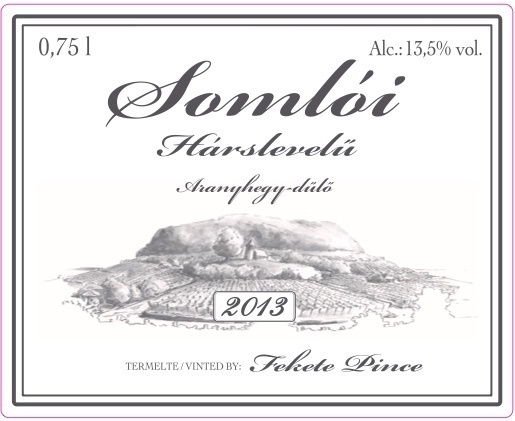
White Wine
Hárslevelű;
13.5%
0.7 g/l
7 g/l
Hárslevelű;
13.5%
0.7 g/l
7 g/l
Literally translating to “Linden Leaf,” Hárslevelű certainly lends itself to the lime blossom teas and mild honeys that Linden trees are known for. More feminine than the Olaszrizlings and Juhfarks in the region, the texture is remarkably smooth and the acids are well balanced. Loosely bunched berries make it difficult for Botrytis to set it so the flavors are also extremely clean and lighter in body. Curries, peanut sauce, baba ganush and anything that plays off of the slightly honeyed volcanic flavors make this wine sing.
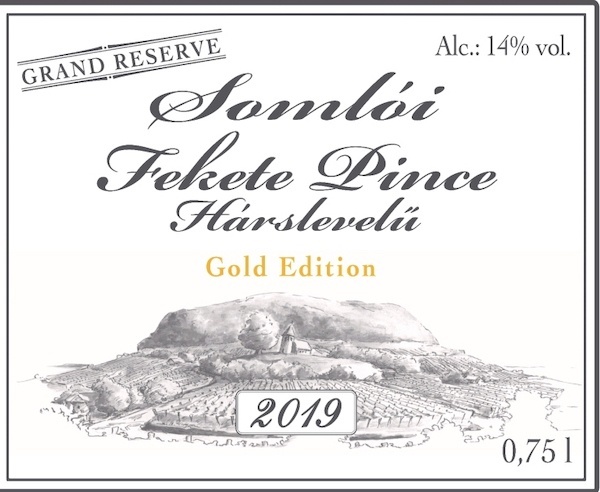
White Wine
Hárslevelű;
14%
7.7 g/l
6.6 g/l
Hárslevelű;
14%
7.7 g/l
6.6 g/l
Many years ago when Gábor joined some friends to take over the winery after Béla retired, one of the wines that sealed the deal was a 2007 Furmint. We’ve also been lucky to have tasted that wine ourselves. This 2019 brings about many of the same feelings. The winemaking is in the Béla style – 10 months in used 1000L oak barrels, but then it’s followed by 4 years in tank. When we first saw this tank tucked into the back corner of the cellar, it didn’t even look like it was designed for wine. This is healthy botrytis meets perfectly ripe Somlói fruit. Can you imagine tasting a wine like this in the 18th or 19th Century? Pickled salted Mango, ripe guava, and a brilliantly bright golden color in an era of alchemy? First off, none of those fruits are known to anyone beyond perhaps royalty in Central Europe at that time. Even the sugar at the time was likely sugar beats. While it’s a one off, we secured as much as we could.
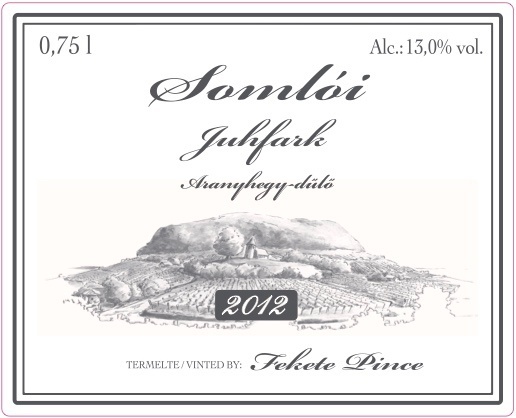
White Wine
Juhfark;
12.8%
1.3 g/l
7.6 g/l
Juhfark;
12.8%
1.3 g/l
7.6 g/l
Juhfark (Sheep’s tail) is a distinctive white grape variety found almost exclusively in Somló. The clusters are long, tightly packed and curve a little at the end hence the sheep’s tail moniker. Naturally very high in acidity, it’s also fairly neutral on its own and instead absorbs and shows fidelity to the mineral spring water that flows from inside the extinct volcano. With only 4 hours of skin maceration, it’s then fermented in 1000L Hungarian Oak barrels followed by 10 months on the lees in the same vessels. It’s then moved to 500 and 1500 liter tanks for reductive aging for a minimum of two years before bottling. No racking and no stirring. According to Bay Area restaurateur Jeff Berlin, “it’s the ultimate yin and yang wine in that it is at once rich, opulent and elegant but has such prominent veins of volcanic ash and minerality running through it at the same time. Like a Caligulan feast in a glass.” For those seeking cool climate intensely volcanic whites, this is a benchmark.

White Wine
Juhfark;
13.7%
1.6 g/l
5.4 g/l
Juhfark;
13.7%
1.6 g/l
5.4 g/l
Juhfark (Sheep’s tail) is a distinctive white grape variety found almost exclusively in Somló. The clusters are long, tightly packed and curve a little at the end hence the sheep’s tail moniker. Naturally very high in acidity, it’s also fairly neutral on its own and instead absorbs and shows fidelity to the mineral spring water that flows from inside the extinct volcano. With only 4 hours of skin maceration, it’s then fermented in 1000L Hungarian Oak barrels followed by 10 months on the lees in the same vessels. It’s then moved to 500 and 1500 liter tanks for reductive aging for a minimum of two years before bottling. No racking and no stirring. According to Bay Area restaurateur Jeff Berlin, “it’s the ultimate yin and yang wine in that it is at once rich, opulent and elegant but has such prominent veins of volcanic ash and minerality running through it at the same time. Like a Caligulan feast in a glass.” For those seeking cool climate intensely volcanic whites, this is a benchmark.